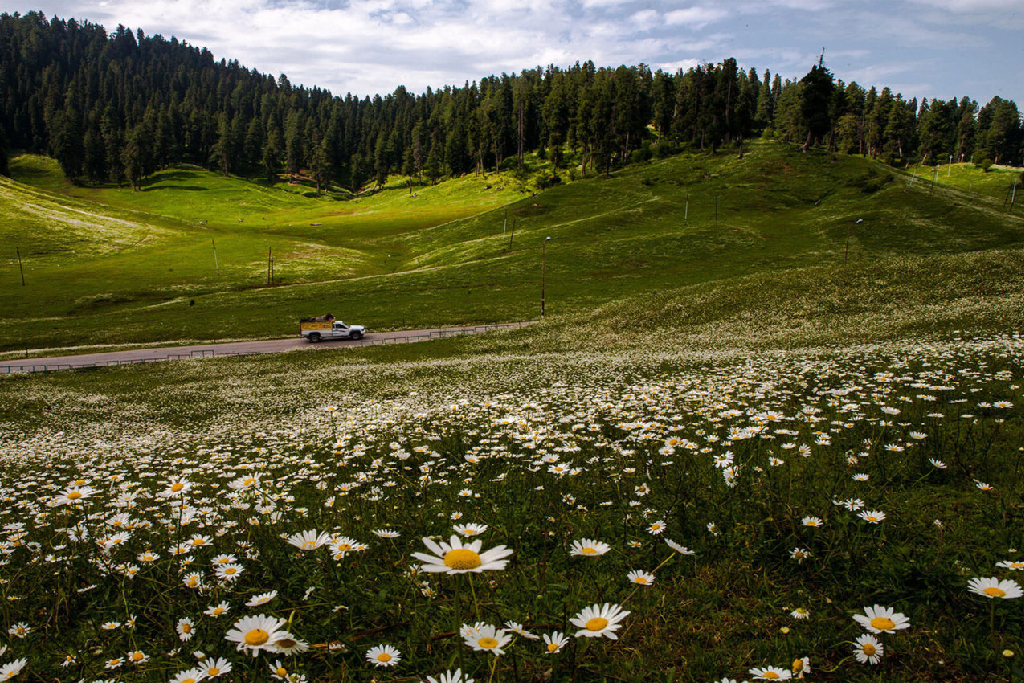- Home
- Activities
- STAY
ACCOMMODATION
MenuINFORMATION
Menu - Packages
Winter Packages
MenuSummer Packages
Menu
- Ski Shop
- Our Team
- Book your Trip

Our All Season Activities

Gulmarg is the only tourist destination in the country where you can enjoy over 30 different activities in any season. In this unique mountain experience, everyone can find something to enjoy. We cater to all interests and budgets, offering activities for families as well as groups.
Located in the Pir Panjal range of the Himlayas, Gulmarg Ski Resort combines excellence with adventure. In winter, race down perfectly groomed ski slopes while admiring Gulmarg bowls. Accompanied by a ski instructor or guide, indulge in the joys of fresh powder off-piste. Discover extraordinary panoramas while cross-country skiing and venture off the beaten path with snowshoeing or ski touring.
Need a break from skiing? Head to the Ice Skating rink or take a horseback ride.
In summer, explore picturesque hiking trails and discover breathtaking alpine landscapes. Cycling enthusiast can embark in thrilling descents or opt for leisurely rides through lush forests. Adventure enthusiasts, climber and fishing enthusiasts will also find their paradise in our dedicated spaces. Our numerous spaces welcome you for moments of relaxation in our enchanting settings.
VISIT HERITAGE
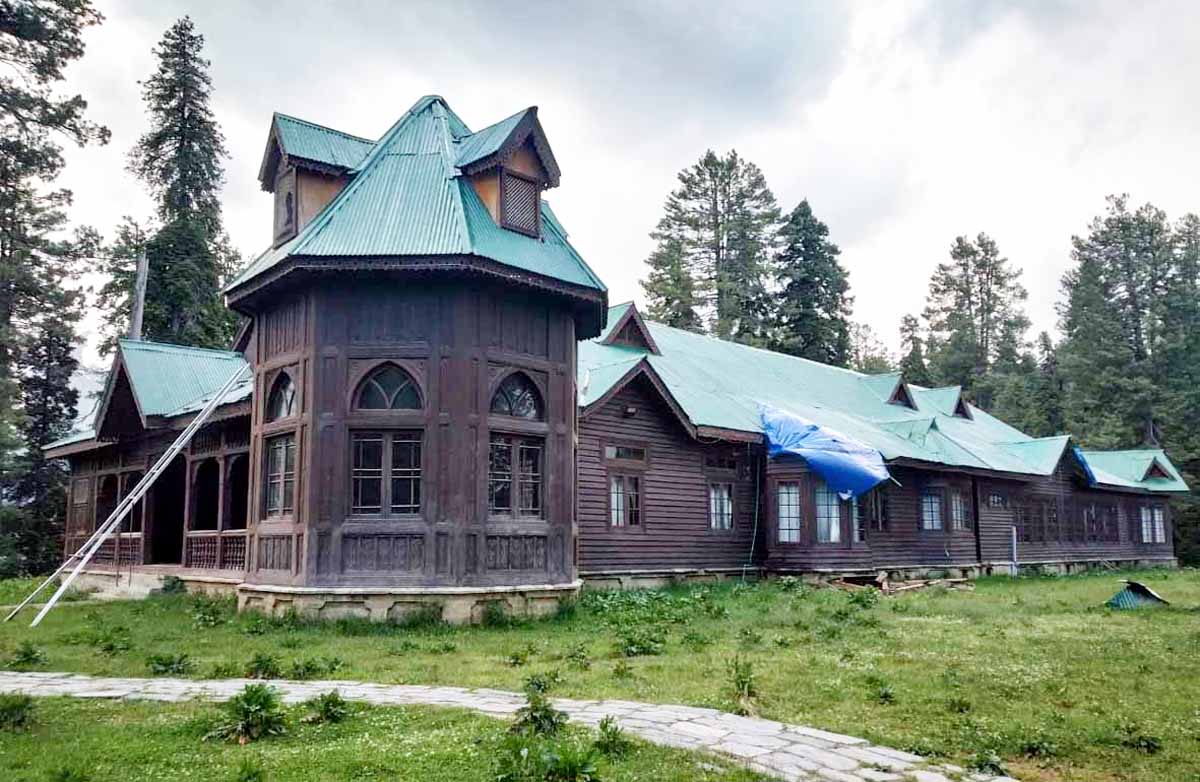
The last Maharaja, Maharaja Hari Singh of erstwhile princely state of Jammu and Kashmir in the early 19th century built a 8700 sq ft palace at Gulmarg in north Kashmir’s Baramulla district. The architectural masterpiece which is commonly known as Maharaja’s Palace is a single story building, highly decorated by wooden structure. The exterior design of the palace is wonderful with turrets, grand entrance portico and a number of windows fitted with glasses. The exteriors of the building reminiscence of European Architecture were a favorite place for European guests at that time.
The palace comprises 15 rooms and a central hall banquet of varying dimensions crafted with paneled walls. The bedrooms have fireplaces that kept them warm during harsh winters. Weaponry and arms of that period are locked for view for the public. The palace also has an underground horse stable with wooden beams and timber ceilings.
The entry fee for visitors to the palace is Rs 30.

Rani Temple was built in 1915 by Maharaja Hari Singh’s wife Rani Mohini Bai Sisodhia. The temple is also known as Shiv temple or Maharani temple. It is dedicated to Lord Shiva and is situated in a hillock right in central gulmarg, making it unique for being visible from all corners of Gulmarg. The temple is known to be one of the last few odds and end which belonged to the Dogra dynasty. The temple offers a 360 view of Gulmarg surrounded by snow capped mountains during winter and green meadows during summer making it an exceptional site to visit.
For the last 17 years, the priestly duties in this Hindu temple have been performed by a single Muslim priest, Ghulam Mohammad Sheik epitomizing the communal harmony between Hindus and Muslims in the Kashmir Valley. The locals and the visiting communities have gracefully accepted a Muslim performing Hindu Temple rituals like puja, aarti and distributing prasad among the devotees. And being a Muslim, he also performs Namaz every day.
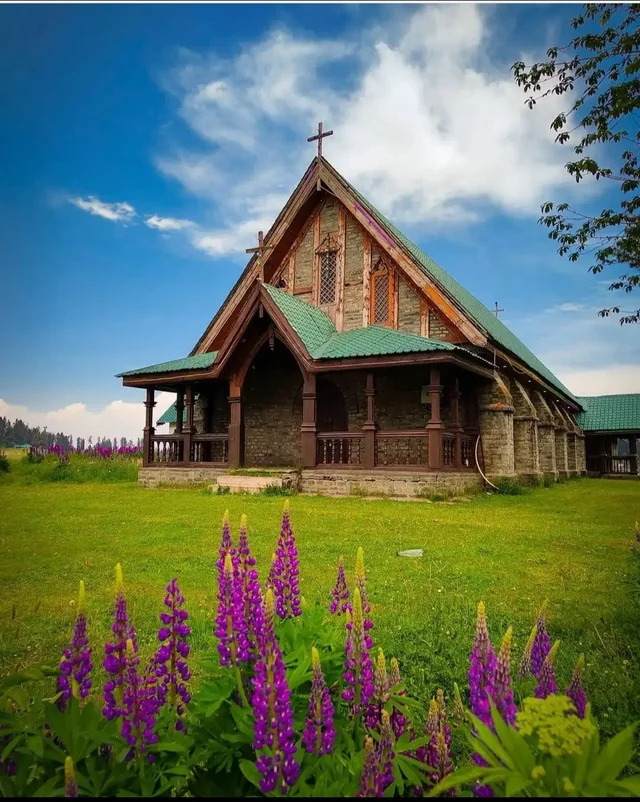
Standing tall, even after 100 years of its construction, is the Victorian architectural wonder of St Mary’s Church, which is situated near the Golf Course in Gulmarg. More like a tiny countryside chapel in appearance, this church has grey stone walls that add to its vintage look. It looks the most scintillating during the winter season, especially when it is laden with snow. The church is counted among the top attractions of Gulmarg and is also one of the most peaceful places in the town. Its wooden walls are beautifully decorated and the roof boasts green tiles. There are frescoes inside, which depict scenes from the Holy Bible. When observed from a distance, its charm is unparalleled and the stained glass artwork stands out for its beauty.
According to historical sources, the church was constructed in 1902, during the British rule, and built in typical British style. It was renovated in 2003 during which its façade was upgraded.
Though regular mass is not held at St Mary’s Church now, it is open daily between 7 am and 5 pm.
CAFES

BAKSHI CAFE

GLOBAL

NORTHWIND CAFE

WHITE MOUNTAIN CAFE
RESTAURANTS

HIGHLANDS PARK

BAKSHI RESTAURANT

GLASS IGLOO RESTAURANT
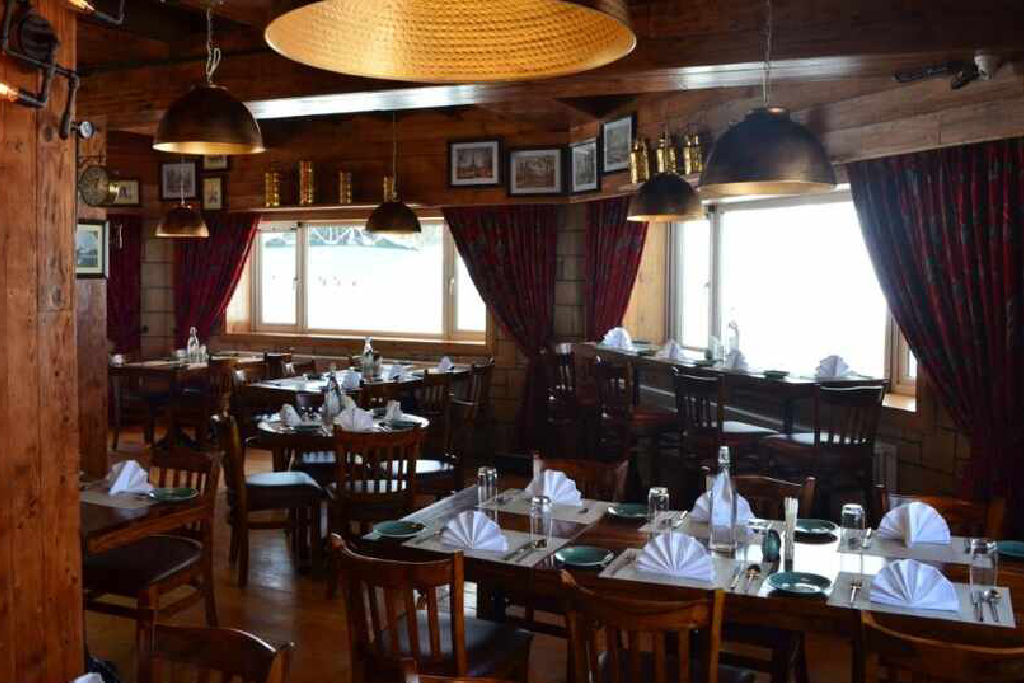
KOHLAI GREEN
TOURIST SPOTS
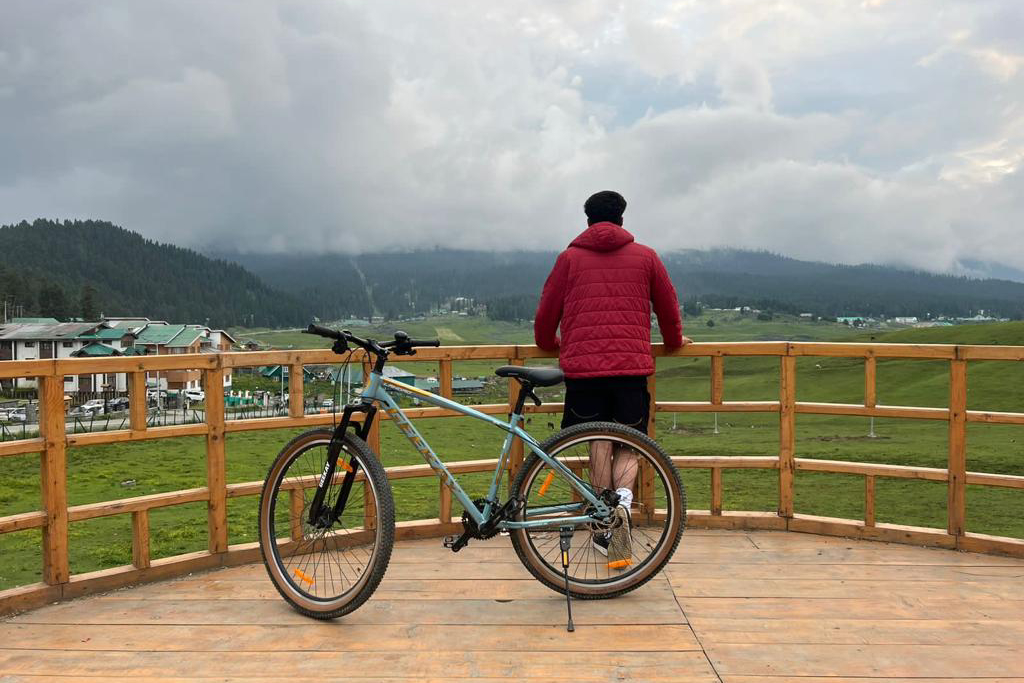
GULMARG VIEW POINT
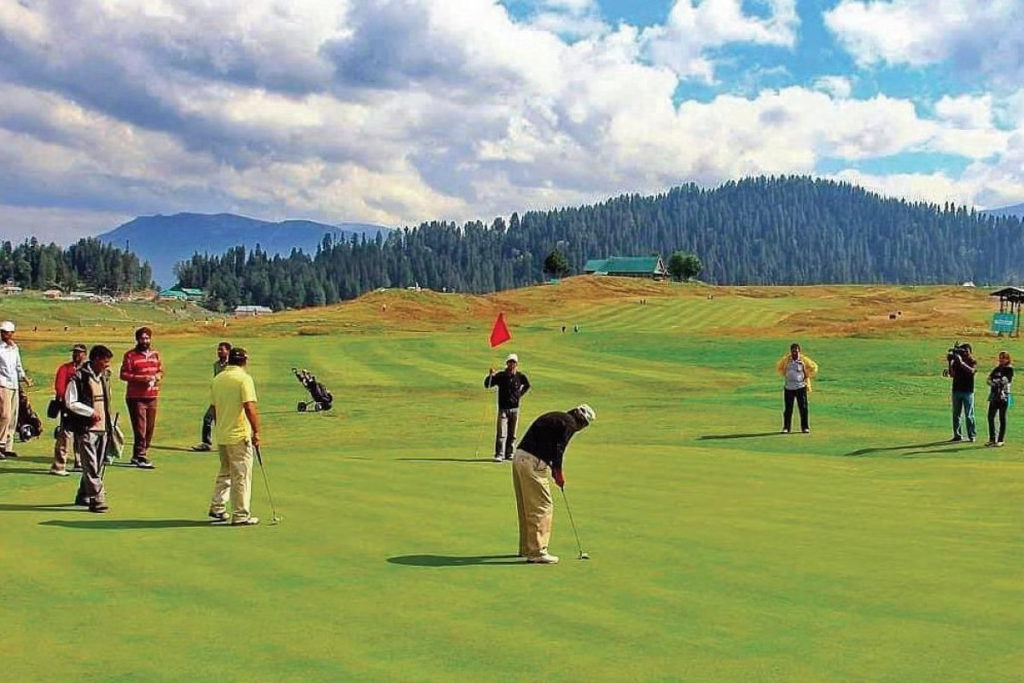
GULMARG GOLF COURSE

CHILDREN’S PARK
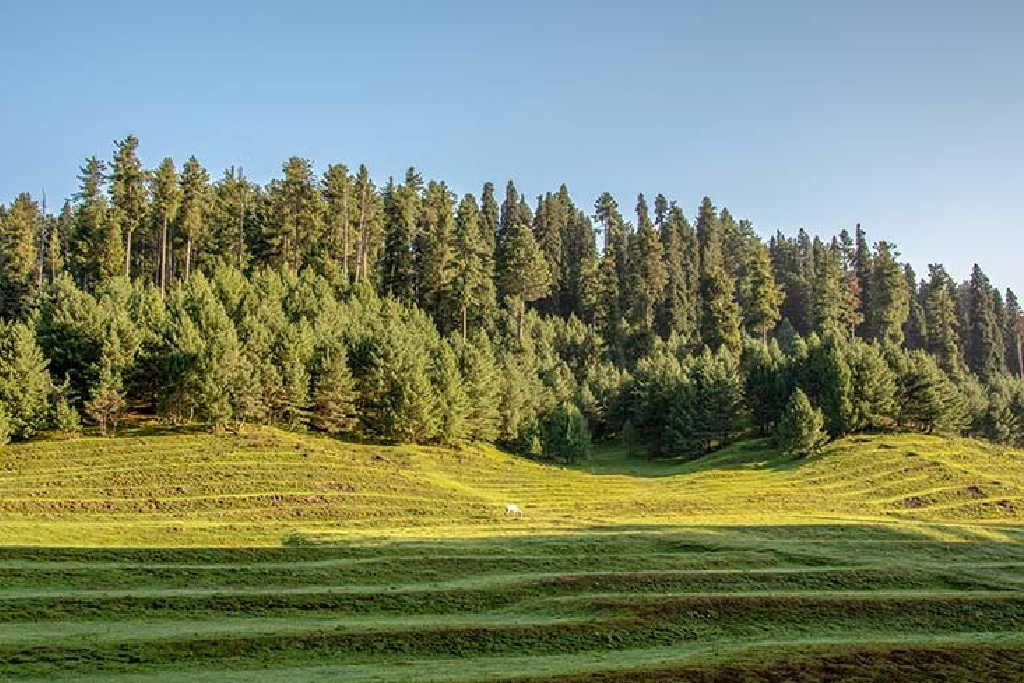
STRAWBERRY VALLEY

FISHING LAKE
